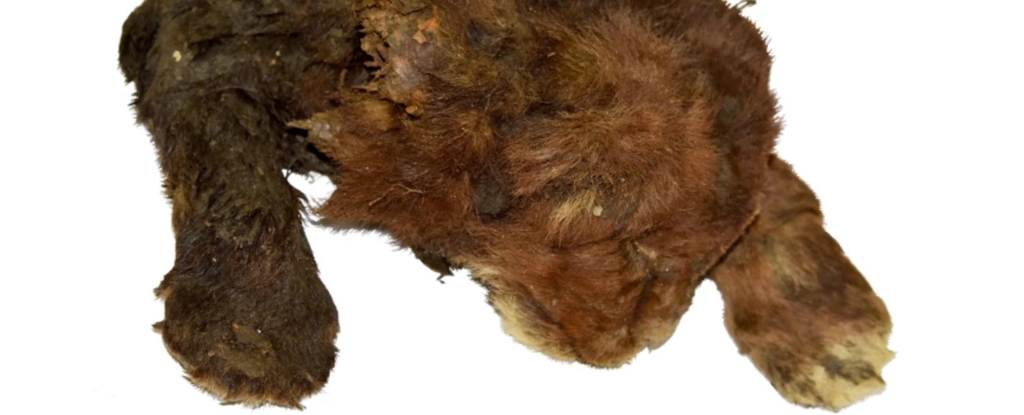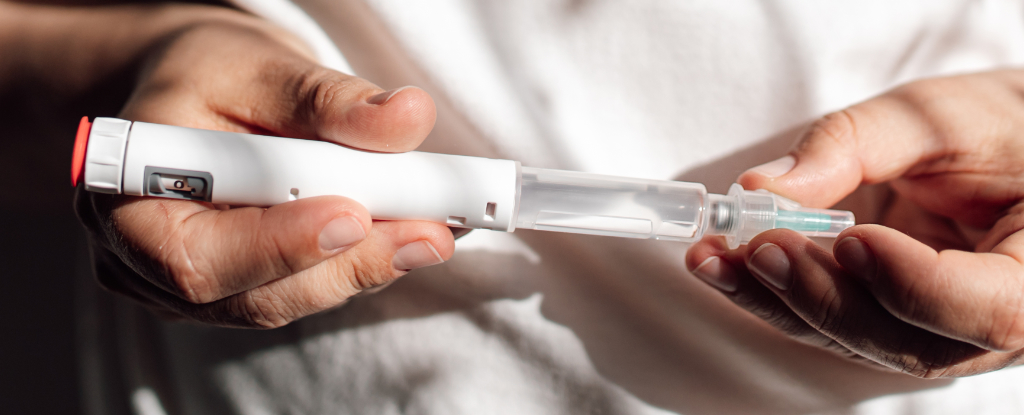One of the marvelous things about humans is the uniqueness of each of our bodies. Although over 100 billion humans have lived on this blue marble of ours, no two fingerprints, scientists believe, have ever been identical.
The pattern of lines and whorls on each human fingerprint is believed to be unduplicated on any other finger. Even the individual fingers of a single human were thought to be significantly distinct from one another.
But according to a new study, the ridges on each of our fingertips might not be quite as different as we thought.
Using a neural network, a team of researchers led by engineering senior Gabe Guo of Columbia University has identified different fingerprints belonging to the same person – or intra-person prints – with a success rate of up to 77 percent for a single pair of prints.
“We suggest that the intra-person fingerprint similarities are of interest not only because they challenge long-held beliefs but also because this similarity could help improve the ability to find leads for investigations when the fingerprints obtained from crime scenes are from different fingers than the fingerprints already on file,” Guo and his colleagues write in their paper.
“We hope this additional information could help prioritize leads when many possibilities exist, help exonerate innocent suspects, or even help create leads for cold cases.”
frameborder=”0″ allow=”accelerometer; autoplay; clipboard-write; encrypted-media; gyroscope; picture-in-picture; web-share” allowfullscreen>
The work started with a public US database of around 60,000 fingerprints, made up of 10-finger sets from individuals. Guo and his colleagues wanted to see if a neural network could identify similarities between intra-person prints. They fed pairs of these prints into the neural networks, which are a kind of AI. Sometimes the pairs would be intra-person prints, sometimes prints from two different people.
The difference between the work of the team and previous fingerprint identification techniques is the features of the fingerprints the AI focused on.
“The AI was not using ‘minutiae,’ which are the branchings and endpoints in fingerprint ridges – the patterns used in traditional fingerprint comparison,” Guo explains. “Instead, it was using something else, related to the angles and curvatures of the swirls and loops in the center of the fingerprint.”
Over time, the network got better at identifying when two different prints belonged to the same person. Although each fingerprint on the same hand was still unique, there were enough similarities between them for the AI to make a match. Specifically, the orientation of the ridges in the center of the print is similar for the different fingers of the same individual.
While the ability of the AI to match different prints to the one person is pretty good, it’s not yet good enough to be used for real identification purposes. But the team is 99.99 percent confident that the similarities found in intra-person prints are genuine, and that the neural network can be developed further for a higher success rate.
At its current state, the AI could be used to help narrow down options, the researchers say.
“Just imagine how well this will perform once it’s trained on millions, instead of thousands of fingerprints,” says computer science senior Aniv Ray of Columbia University.
Other potential applications include the ability for an individual to use any of their fingers to authenticate a mobile phone that has a single fingerprint scanner, for instance. There’s obviously a lot of work to be done before the technology is suitable for this purpose, but the main goal of the work was to establish whether intra-person print similarities even exist.
Now that we’ve got a glimpse of those similarities, the system can be developed further.
“Many people think that AI cannot really make new discoveries – that it just regurgitates knowledge,” says engineer Hod Lipson of Columbia University. “But this research is an example of how even a fairly simple AI, given a fairly plain dataset that the research community has had lying around for years, can provide insights that have eluded experts for decades.”
The research has been published in Science Advances. You can also download the source code on the team’s website.





